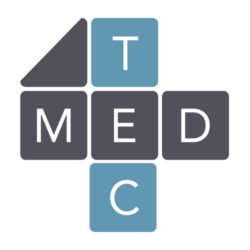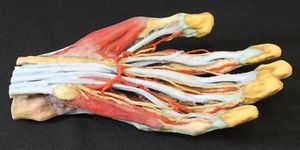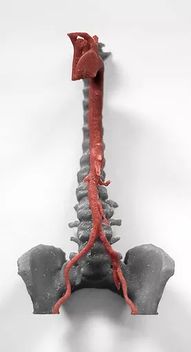Difference between revisions of "Project Week 25/Slicer and 3D Printing"
From NAMIC Wiki
| Line 8: | Line 8: | ||
<!-- Key Investigator bullet points --> | <!-- Key Investigator bullet points --> | ||
*Juan Ruiz Alzola (Universidad de Las Palmas de Gran Canaria, Spain) | *Juan Ruiz Alzola (Universidad de Las Palmas de Gran Canaria, Spain) | ||
| − | *Michael Halle (Harvard | + | *Michael Halle (Brigham and Women's Hospital, Harvard Medical School, USA) |
==Project Description== | ==Project Description== | ||
| Line 19: | Line 19: | ||
|<!-- Objective bullet points --> | |<!-- Objective bullet points --> | ||
<ul> | <ul> | ||
| − | <li>Develop and document a workflow to process the | + | <li>Develop and document a workflow to process the acquired DICOM images |
<li>Improve the segmentation mechanics in order to extract the data to print | <li>Improve the segmentation mechanics in order to extract the data to print | ||
<li>Prepare the STL files for printing: checking the mesh and creating the support structures | <li>Prepare the STL files for printing: checking the mesh and creating the support structures | ||
| Line 32: | Line 32: | ||
<li>'''During Project Week:''' | <li>'''During Project Week:''' | ||
<ul> | <ul> | ||
| − | <li> | + | <li>Establish the guidelines for the segmentation procedures |
<li>Identify the STL export issues | <li>Identify the STL export issues | ||
</ul> | </ul> | ||
| Line 51: | Line 51: | ||
<ul> | <ul> | ||
| − | <li> | + | <li>Life size models of different anatomical structures: normal and pathological |
| − | <li>Create | + | <li>Create life like models, that provide a sensorial feeling as close as the "organic" have |
</ul> | </ul> | ||
Revision as of 13:14, 15 June 2017
Home < Project Week 25 < Slicer and 3D Printing
Back to Projects List
Key Investigators
- Juan Ruiz Alzola (Universidad de Las Palmas de Gran Canaria, Spain)
- Michael Halle (Brigham and Women's Hospital, Harvard Medical School, USA)
Project Description
From DICOM data to a 3D print of anatomical models for training: anatomy classes and/or surgical planning
| Objective | Approach and Plan | Progress and Next Steps |
|---|---|---|
|
|
Illustrations

[[1]]
Background and References
Possible application areas / IDEAS
- Life size models of different anatomical structures: normal and pathological
- Create life like models, that provide a sensorial feeling as close as the "organic" have

